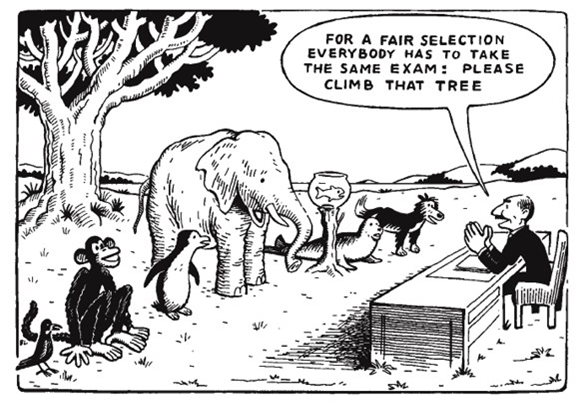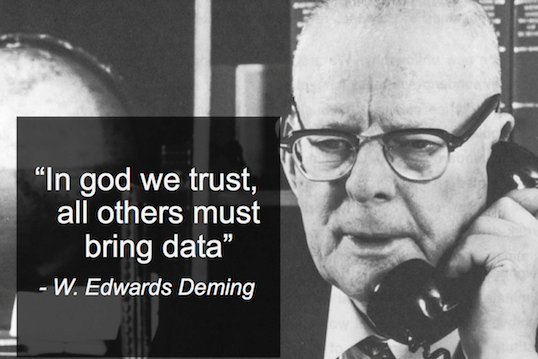ASSESSMENTS – (Aligned, Interim, Reassess, Transparent)
Standards (and objectives) are meaningless until you define how to assess them. Because of this, assessments are the starting point for instruction, not the end.
And
The difference between a formative and they submitted assessment has also been described as the difference between physical and an autopsy. I prefer physicals to autopsies.
In a data driven culture, assessment is an every lesson occurrence (AFL / performance – knowing what students ‘know now’), and regularly interim assessments (assessing what students have learnt) the scaffold upon which progress is made. In that sense, I didn’t see Bambrink-Santoyo was presenting anything radical and I did not find it difficult to back the recommendation to change our teaching focus.
Moving the focus from what was taught to what was learnt.
Read a little further into the book and it soon becomes evident that is not assessment per se that Bambrink-Santoyo denotes as critical to school improvement but rather the leadership of assessment. That is ensuring that the assessments are closely aligned to the standards or criteria or specification and delivered as regularly intervals (4-6). In terms of leadership that means assessment is a regular discussion topic, discussed in team meetings, and supported by professional development. Second, that the assessment themselves are checked / moderated / proofed through the line management structures. Third, the assessment calendar is clear, published to teachers, students, parents and carers. Which the scheduled assessment prepared, Bambrink-Santoyo even recommend leaders consider that teacher predict what they expect students to achieve in the upcoming tests, after all there will have been be prior in class assessment / marking / feedback taking place.
Next, a Bambrink-Santoyo strongly advise that assessments should re-assess previously learnt material, continuously. As a result, the content assessed gets progressively larger, possibly the test get longer. Regardless, it is clear, re-assessment is crucial. Finally that assessment has to be a transparent process, shared with teachers, students and parents.
This summary leads me to the conclusion that many school have been more interested in collecting the data, than the integrity of the data.
Next – analysis.
[qr_code_display]


